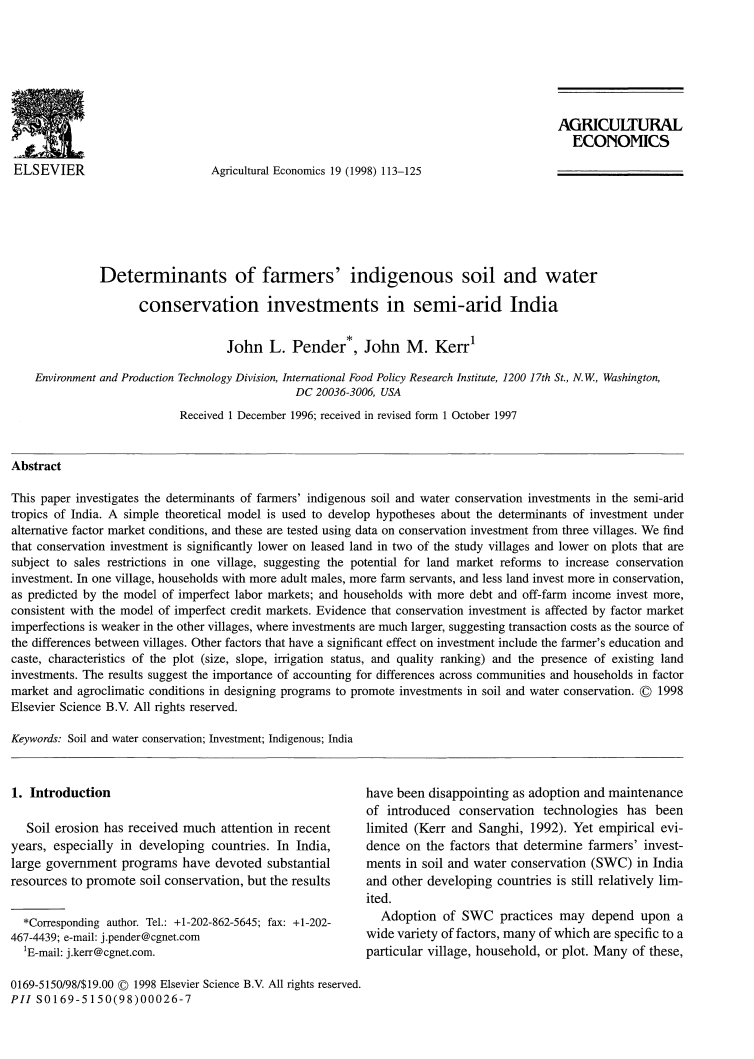Uganda: income strategies and land management
Recent trends in agricultural growth and food security in Eastern and Central Africa (ECA) have been discouraging. With very low labor productivity, yields, and growth rates, agriculture is unable to keep up with population growth or achieve the type of pro-poor growth needed to reduce poverty dramatically.Yet agriculture accounts for about half of the region’s gross domestic product (GDP) and is the main source of livelihood for the majority of the population. Behind this gloomy picture, however, lies agriculture’s potential to be the engine for growth in ECA.






